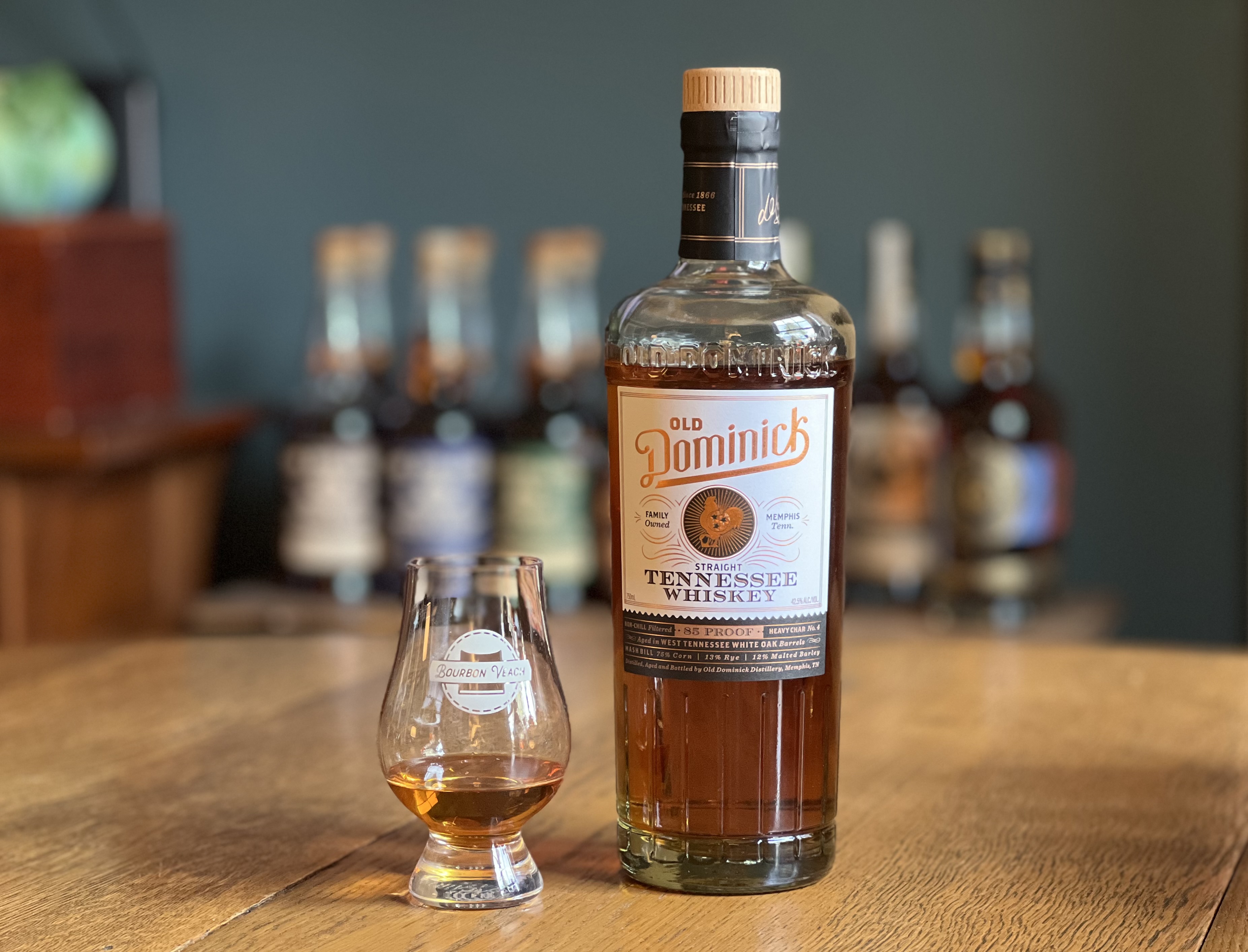I was discussing with a friend of mine the other day the fact that a brand is now making their own whiskey and I stated that we will now see how good that distiller really is at making whiskey. It takes exceptional talent to make a whiskey that matches the flavor profile of whiskey made at another distillery. I thought I would write a little on this subject.
Ed Foote has told me that when he was at Seagram he was often at the quality control lab when samples came in from the different distilleries. Now remember they had five different distilleries each with their own yeast strain and they made two different mash bills for ten different whiskeys. In order to keep consistency they would make sure they had plenty of each whiskey so they would have all five use the same mash bill and yeast at times to make the same whiskey. Ed said you could tell which distillery made which sample by the differences in flavors of the new make. The different stills and the different locations with different water sources made subtle differences that could be detected in the samples.
Stills do make a difference. Not all stills are equal even when they are the same size. In Scotland, when a pot still wears out in part or in whole, the distilleries work hard to make sure the replacement still or part matches what was there before to insure it does not change the flavor profile.
Water will make a difference as well but not as much as in Ed’s day at Seagram since so many distilleries have gone to RO water in the process as the ground water becomes polluted and they have to use city water.
Warehousing also has its impact, not only in the location of the warehouse but also its size and shape. Seagram (Four Roses) built their Cox’s Creek facility to ensure a more uniform flavor from all five distilleries. That is also why they went with single story warehouses. For them it is all about a consistent product. Heaven Hill on the other hand revels in the changes caused by the different locations and styles making different flavor profiles for their multiple brands.
In the 21st century we are seeing many products that were once either sourced or contract distilled being produced by the owners in a just built distillery. The flavor of their product will change but it is up to the distiller to make that change as small as possible. This has happened in the past. The wheated Bourbon United Distillers made at the Bernheim distillery was similar but different than the Bourbon made at Stitzel-Weller even though they used the same yeast and mash bill. There is also a difference between the Buffalo Trace Weller and what was made at either Stitzel-Weller or Bernheim. There is not a huge difference and that is a testament to Harlen Wheatley’s skill as a distiller, but there is a difference.
As we enter this new era of an expanded number of distilleries taking over brands that were once sourced we are going to see a difference in the flavor profiles of the brands. Old Bardstown 90 proof was always one of my favorites and I hated to see it go away so I was happy to see it return last year. However, the flavor profile is quite different than what was in the bottle before Willett started using their own whiskey. It is still very good, but different. It is different enough that I am not sure that they even tried to duplicate the original flavor profile. That is a decision that many of these brands will face. It will be easier for small brands to do this than a popular selling brand.
The distilleries and brands I see coming down the line that will change are the following products:
- Bulleit has not only a new distillery but a radical change in warehousing. Palletized barrels will change the aging process in many ways. The flavor profile will probably change and may Diageo is going just for that change in flavor to make it their own.
- Michter’s is working hard to keep the same flavor profile with their new distillery but I suspect there will be some subtle flavor changes. It is to be expected and I feel Pam Heilmann is a talented distiller and the changes will be minimal.
- Luxco is building a new distillery as well as partnering with Limestone Branch to make Yellowstone. I suspect that there will be some noticeable changes in the flavor profile in their brands. I am sure Steve Beam will be making a very good Bourbon but I don’t expect it to taste like the Yellowstone being bottled today which is quite different in flavor than the Yellowstone made at the distillery in Louisville under Glenmore.
There is going to be some flavor drift in many brands within the next ten years. I have only listed a few of the brands and there are others. I am wishing them all the best of luck with what they doing and hopefully it will all be great whiskey, even if it is different from what is in the bottle today.

Photos Courtesy of Maggie Kimberl














July 3, 2017 at 1:49 pm
In scottch production this is labeled “distillery character” and is a major contributing factor. Any drift for a Diagio Distillery that produces Johnnie Walker blends is potentially disastorous for that brand. Some of the character created is very intriguing, particularly for those not sold as single malt nor single grain, one in fact produces a very important “waxy” character that had never been well understood until the day a new worker cleaned out the spirits receiver box and threw the Distillery completely off character as it removed the decades of “Gack” or fatty acid from the receiver that had contributed that character. Mortlach distillery has probably the most diverse array of switchable piping, condensor, and unmatched still out there and can come close to replicating what others do, to the extent behind the scenes it is known as GlennMordor
September 2, 2017 at 12:30 pm
The smaller the dstillery the wider the variance if flavor. Large distilers have inventory to blend to a standard while small distilleries dont have vast inventories. But that is the upside of small craft distilleries. Customers can buy a botle and excpect a new interesting flavor. Each purchase is a new experience. When you buy a bottle of Beam you know what you are going to get. If you are a person who does not like risk, that is great, But if you look at a drink that is something exciting, then buy a well aged craft spirit. Problem is Craft makers often release young product that has not developed its profile. Big mistake, Distilling takes patience and time. Drinking should be done slowly and not rushed. Pour a dram, sit back and enjoy yourself and look for a new experience with each drink.
September 4, 2017 at 2:03 pm
I was a lab rat under Ed Foote at Seagrams for three years. What he says is true. Ova Haney, another Seagrams distillery expert (now deceased), once told me that Seagrams tried to duplicate a whiskey at two different distilleries at the same time using the same mash bill, yeast, cooking and fermenting procedures. The same type of column stills were used making the same heads and tails cut points and reflux cycles. The resulting distillates were noticeably different due to what Ova called “friendly bugs”. The concept was that every distillery has distinct environments and organisms that affect the final distillate. I believe it.
June 7, 2021 at 1:32 pm
I have posted several times now that the current Old Fitzgerald BIB made by HH product tastes NOTHING like the old Stitzel Weller product I drank from the sixties through their sale to Heaven Hill. I say this with complete confidence having shared a unicorn 1.75 liter bottle of the old Stitzel Weller 100 proof BIB with a friend last summer.